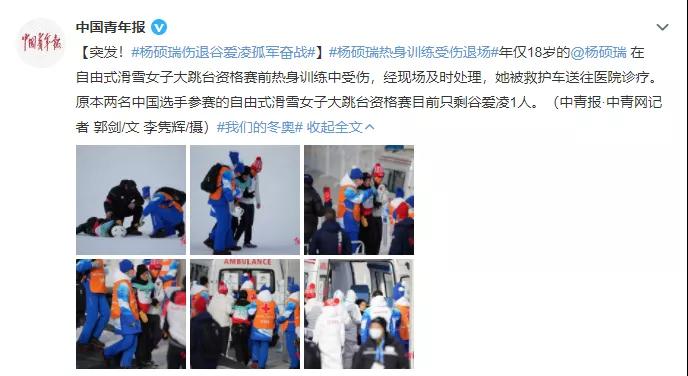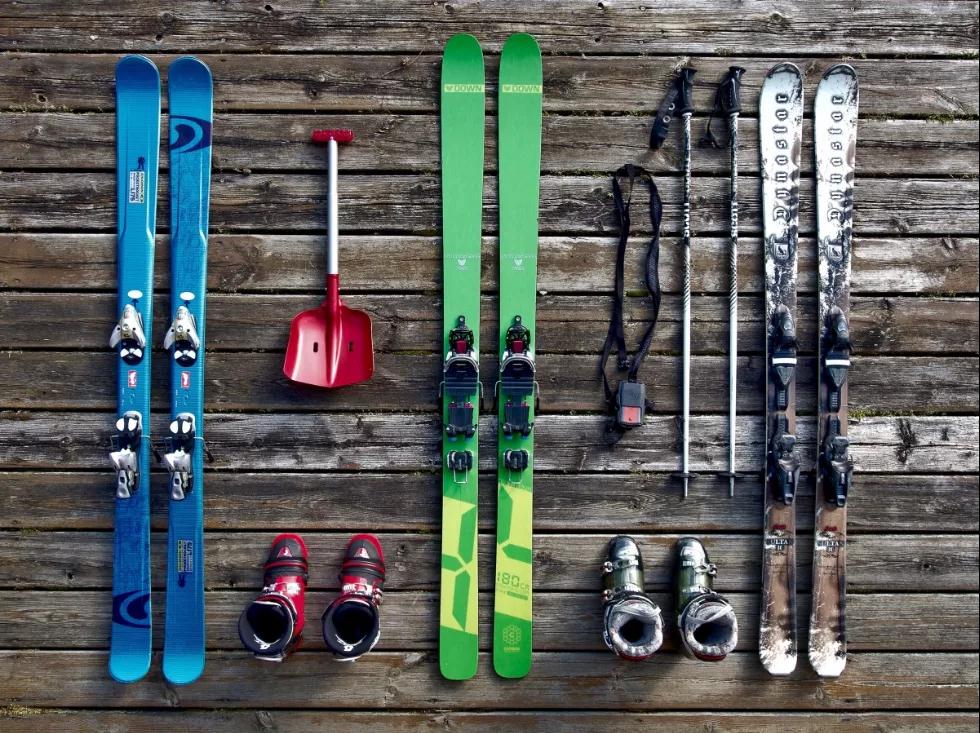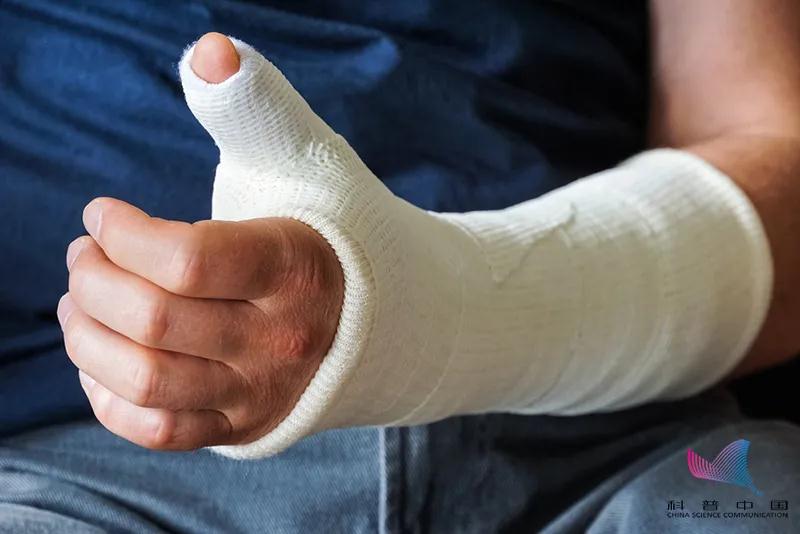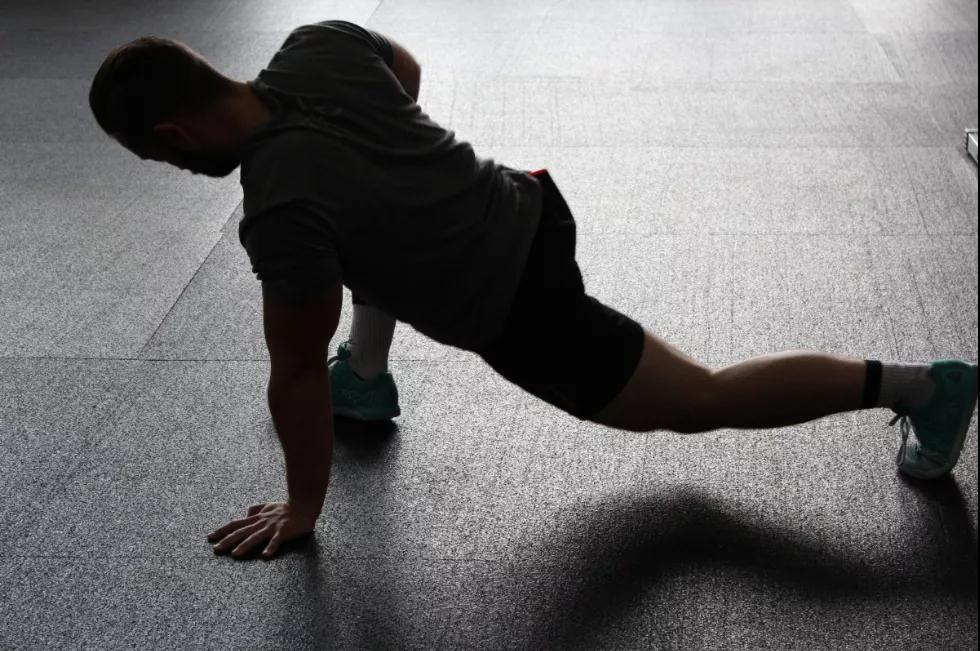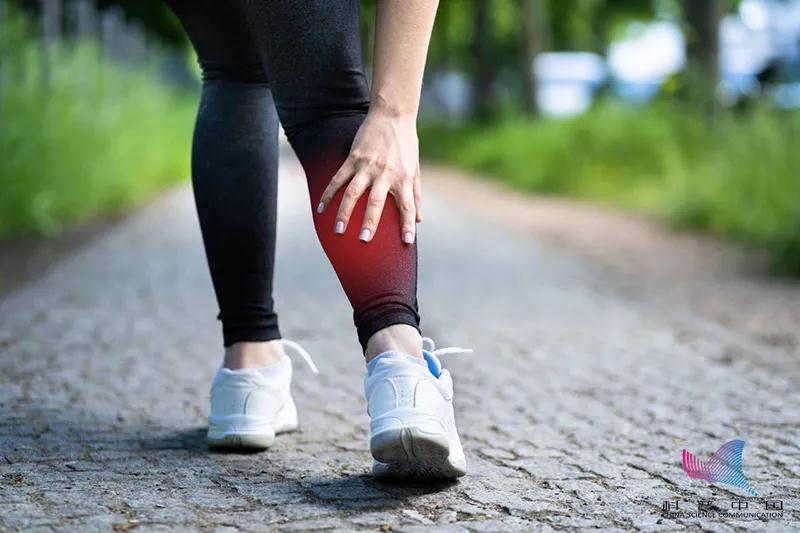How does skiing prevent sports injury? And how to save yourself?
Recently, I believe that everyone is paying attention to the good results of the Winter Olympics.
The 18-year-old Yang Shuorui was injured in a warm-up training before the women’s freestyle ski jump qualification competition. She was treated by ambulance and she was taken to the hospital for treatment.

Skiing, because of its enthusiasm, thrilling, exciting by many young people love, but many people do not know is that it also has a high risk of injury.So, how to prevent skiing injuries and how to “save yourself” after the injury? Today we will study together.
What are the common causes of skiing injuries?
Technical action grasp is not solid
Before skiing, there is no targeted full warm-up, including the full activity of joints, muscle and tendon stretching, breathing conditioning, etc.
In the process of sliding, the body balance, coordination and stability control is not good, in the speed is too fast, turning technology is not skilled, uneven road or accident, can not adjust themselves in time, instant response is poor, easy to cause joint sprain, muscle and ligament strain, and even fracture and other sports injuries.
Weak safety awareness
The paralysis of some skiers is also one of the causes of sports injuries.Skiing moves fast, the ground is difficult to smooth movement control, the field has many emergencies, high-level athletes are also difficult to avoid falls and injuries.Skiing without wearing some protection devices, incorrect fall posture when falling, may lead to accidental injuries.
Insufficient psychological quality training
If skiers lack of psychological quality training in the process of skiing, they will lead to technical action deformation, causing sports injury.
Skiing during fatigue or injury
Skiing is a sport with high exercise intensity under high cold conditions, physical consumption is faster, easy to produce fatigue.
Fatigue and injury will appear in the body of the accumulation of muscle acid substances and insufficient energy substances, which will lead to reduced muscle elasticity, poor stretching, prone to damage. If a strong stimulation is given, the joint ligament will elongate, more prone to damage.
Equipment factors
Ski equipment is relatively expensive, in order to save costs, the general skiing equipment failure rate is too high. For example, when sliding down, the snowboard and snowshoe separator barrier can not be timely separated from each other, easy to lead to knee and ankle sprain and fracture.

Which parts are prone to damage?
Joint and ligament injuries
The most common locations is the shoulder, elbow, knee and ankle, usually accompanied by the phenomenon of ligament strain.
In skiing, there are many movements of foot sprain or knee sprain, and ligament strain and rupture often occur, such as medial collateral ligament, anterior cruciate ligament and ankle ligament, followed by elbow and shoulder injuries caused by falls.
Skeletal injury
In taxiing, due to improper technical operation or accidents, the body suffers from strong external impact, including vertical vertical stress, lateral shear force and torsion of the limb, beyond the degree of bone unbearable, will be prone to fatigue fracture or sudden fracture.
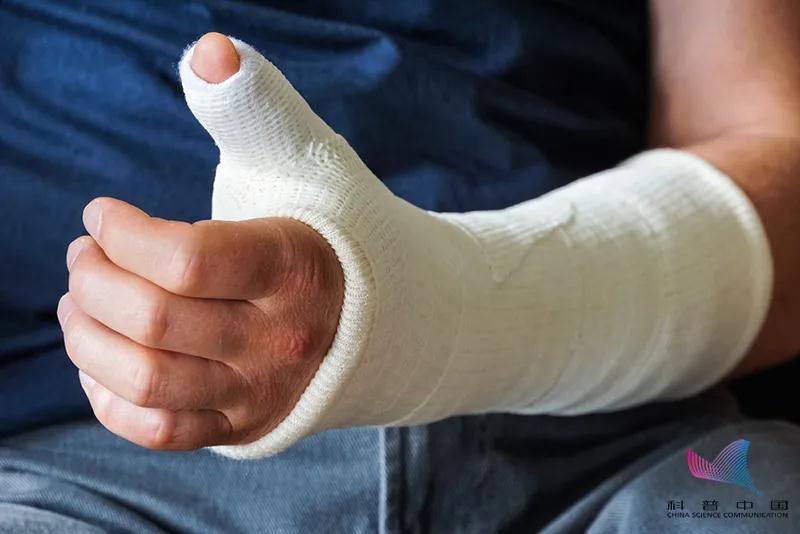
Head and trunk trauma
In the process of skiing, if the body’s center of gravity is not good, it is easy to fall back, causing the head behind the ground, concussion, subdural edema, neck sprain and other symptoms, serious people will endanger life safety.
Epidermal trauma
Skin friction injury occurs between the limb surface and snow surface during falling; skin soft tissue collision injury during collision with others; foot extrusion or friction injury when skiing shoes are too small or too large; puncture or cutting of the limb after skiing equipment damage; skin frostbite caused by inadequate warmth.
Muscle injury
Muscle strain and frostbite may occur due to excessive fatigue, inadequate preparation activity or inadequate cold supplies preparation in any part of the body.
Due to skiing before the muscle stretching or excitability is not sufficient, excessive muscle pulling or twisting, sliding is not timely and fully recover after sliding, will cause muscle damage.The quadriceps (front thigh), biceps and gastrocnemius (posterior calf) are most prone to muscle strain.
In winter skiing, due to the low temperature of the external environment, the muscle viscosity increases, and the decline of joint flexibility is easily caused by muscle spasm and pain, affecting the mobility and flexibility of the joint, especially the flexor injury of the posterior gastrocnemius muscle and the bottom of the foot.Muscle injury requires timely treatment, treatment, and rehabilitation.
How to prevent skiing sports injury?
1. Before skiing, pay attention to strengthening the muscle strength and coordination around the joint to provide strong joint protection. Core stability training is also required to reduce the risk of injury when falling. At the same time, at least three times a week to improve cardiopulmonary function, so as to achieve the reasonable use of physical strength and endurance.
- Rest, sleep, and energy supplement
Skiing is a lot of physical consumption of items, poor rest and sleep will lead to a relative decline in physiological function and exercise ability, easy to cause damage.
Skiing for a long time to prepare some food to supplement in time, it is recommended that you bring high-energy food on the side.
- Prepare for activities before exercise
Full warm-up can activate the muscles, strengthen the blood circulation throughout the body, and fully mobilize the body’s cardiovascular and nervous system.
Note that the warm-up should last for 30 minutes.The main part is the shoulder, knee, hip, ankle, wrist and finger joints of the rotation and large, calf muscle stretching, so that the body feel slightly fever and sweating is appropriate.
In addition, the knee and ankle joint can also be bandaged, to strengthen its support strength, to achieve the purpose of preventing sports injury.

- Precautions
(1) Protective equipment in skiing: beginners need to wear knees and buttocks.
(2) Beginners should seek professional guidance for early action.If you fall out of control, you should quickly raise your hands and arms, to reduce your center of gravity and sit back, and avoid more serious damage to your head down and roll.
(3) Skiing is a high-intensity exercise, and the cardiopulmonary exercise function should be evaluated before skiing.Older skiers with poor cardiopulmonary function and insufficient physical endurance should follow the principle of acting according to their ability and step by step.
(4) Fans suffering from osteoporosis and joint diseases should avoid skiing.
Once the skiing sports injury, how to deal with it?
- Emergency treatment of joint injury
Acute injury should follow the disposal principles of protection, cold compress, pressure dressing, and elevation of the affected limb.

- Treatment of muscle spasm
First, pay attention to rest and keep warm.Slowly pulling the muscle in the opposite direction to the spasm generally relieves it.
Moreover, also can cooperate with local massage, serious time should be sent to the doctor in time.
- First-aid treatment of limb fractures
Exercise should be stopped immediately. If there is an open wound, the foreign body around the wound should be removed first and washed with pure water or disinfectant, and then simply bandaged with disinfectant gauze to avoid wound infection, and send it to the hospital in time after simple fixation.On the way to the hospital, to prevent vibration and touch the injured limbs, to reduce the pain of the wounded.
- Post-rehabilitation
After the relevant examinations, they should go to the professional medical institutions to seek rehabilitation treatment in time.
Post time: Mar-17-2022
